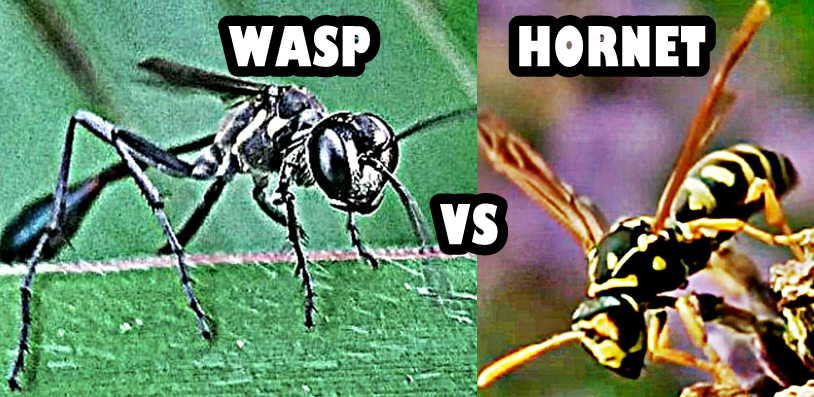
Hornets and wasps belong to the Vespidae family. There are more than 100, 000 wasp species on the planet and hornets are classified as a wasp subspecies. Hornets are differentiated from other species of wasps by the larger and wider heads, a dissimilar life cycle, and more circular abdomens.
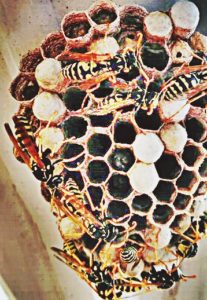
Wasps belong to the Hymenoptera order and the suborder Apocrita. Even though it gets confused with some types of bees, it is neither an ant nor a bee. Wasps generally have black or yellow bodies and have some or no hair. The first recorded instance of a wasp fossil dated back to the Jurassic Period. The oldest fossil was that of a fig wasp; it is over 33 million years old and was found in the Isle of Wight. Other wasp fossils discovered recently date back around 250 million years. The fossils are of the same shape as the current wasps, indicating that the species has not gone any change over millennia. Just like bees and besides the polar areas, wasps are found almost all across the planet.

Hornets belong to genera Vespa and genera Provespa. They look just like the yellow jacket wasp. They are the biggest members belonging to eusocial wasps and some species can grow as large as 2.2 inches long. There are 3 hornet species that are recognized as part of Provesba and 22 species as part of Vespa. The 3 species are nocturnal and thus unique as a hornet species. Most hornets are typically found in the tropical areas of Asia, but the European hornet also lives in Russia, Europe, Northeast Asia, and North America.
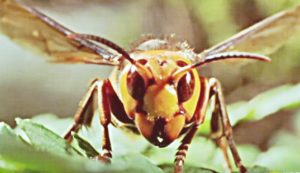
Hornet vs. Wasp: The Life Cycle
All hornet species are social insects, meaning that they make a nest, reside with others in a colony, and maintain a hierarchy. During spring season, a fertilized hornet queen will make a new nest above ground at a high place and lay eggs. These first eggs hatch and turn into female workers who begin the process of building, expanding, and maintaining the nest while the queen keeps on laying new eggs. During late summer season, male drones will mate with a queen and then die. All hornets pass away in autumn with fertilized queens being the exception. The life cycle of hornets differs more in the tropical regions.
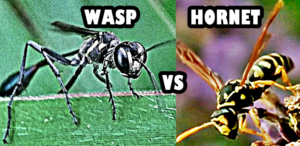
The life cycle, hierarchy, and nesting processes differ greatly between different species of wasps. Most social wasp species living in temperate regions make nests that serve the same purpose as hornets’ nests, but they are usually built closer to the ground, or even beneath the ground.
Most solitary wasps are parasitic wasps. They lay their eggs in the eggs or bodies of slugs, caterpillars, or other insects. These parasitoid wasps are thought to be useful to humans as most insects that they prey on or take up as hosts are often pests. Also, they not cause any damage to crops. In some cases, farmers may even release solitary parasitic wasps as a means to control agricultural pest insects.
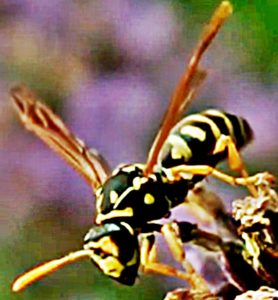
Hornet vs. Wasp: Anatomy
Hornets are a bigger species of wasps and some hornet species tend to grow as large as 5.4 cm long. Real hornets can be differentiated from other species of wasps through their larger, wider heads and more circular abdomens. All hornets feature two pair of wings.
Different species of wasps differ greatly with regards to their appearance and some species may even not have any wings. However, all wasps generally have a slender and long body, drooping legs when flying, a stinger, a very thin waist lying between the abdomen and thorax, and two pairs of wings.

Hornet vs. Wasp: The Diet
Adult hornets generally eat plant substances and have a preference for sweet matter such as sap, nectar, sugary processed eatables, and rotten fruits. They also tend to prey on and kill other insects with their jaws and stings. Later, such food is fed to their larvae. Due to their potent venom and big size, hornets are capable of easily killing bigger insects such as honey bees, locusts, grasshoppers, and mantises.
Adult wasps tend to be predatory or scavengers, or may live completely on nectar. Some types of social wasps, sweet secretions are produced by their larvae which are consumed by adult wasps. The larvae of parasitic wasp species eat the bodies of the hosts they are living on. Later, the larvae eat insects preyed upon by adults.
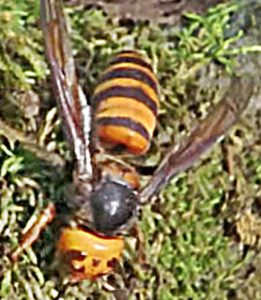
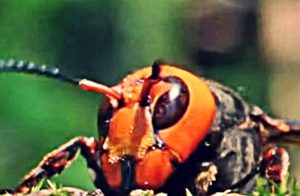
Hornet vs. Wasp: The Sting
Stings and bites are used by hornets to defend their colonies and kill prey. Bees feature barbed stings which can be pulled out of their bodies. The stinger gets detached during a sting and bees subsequently die after they sting. On the other hand, hornets have stingers which are not barbed and which remain attached to their bodies. Hence, they can repeatedly sting many times and not die. The venom strength differs among hornet species, but their stings usually cause more pain as compared to other species of wasps. This is due to the fact that their venom has large levels of acetylcholine.
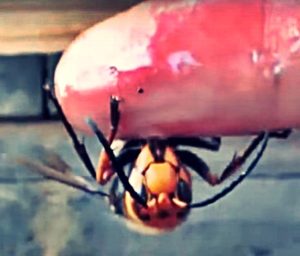
- Hornet stings are usually not life-threatening, unless in case of allergic reactions. Individuals who are allergic to wasp stings will also be allergic to stings by hornets. Also, stings by a swarm of hornets can be fatal.
- Hornets tend to secrete attack pheromones which inform other colony members to come and attack. When hornets get killed near a colony, they may also secrete pheromones which attract other hornets and make them attack. Any matter that is exposed to the pheromone may be attacked by hornets.
Some wasp species, including hornets and yellow jackets, are regarded as some of the most hostile stinging insects. The stinger in all wasps is derived from the sex organ of a female. Hence, only female wasps have stingers.

Treatment of hornet and wasp stings
People who suffer allergic reactions to wasp or hornet stings need to seek immediate medical attention. If you are not allergic, then do the following:
- Take out the stinger, if there
- Ice the sting area for some time
- Take pain killers to ease pain
- Take antihistamine medications for alleviation of itchiness
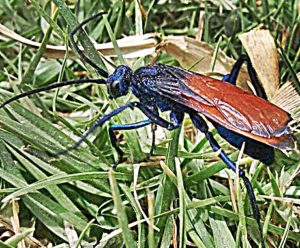
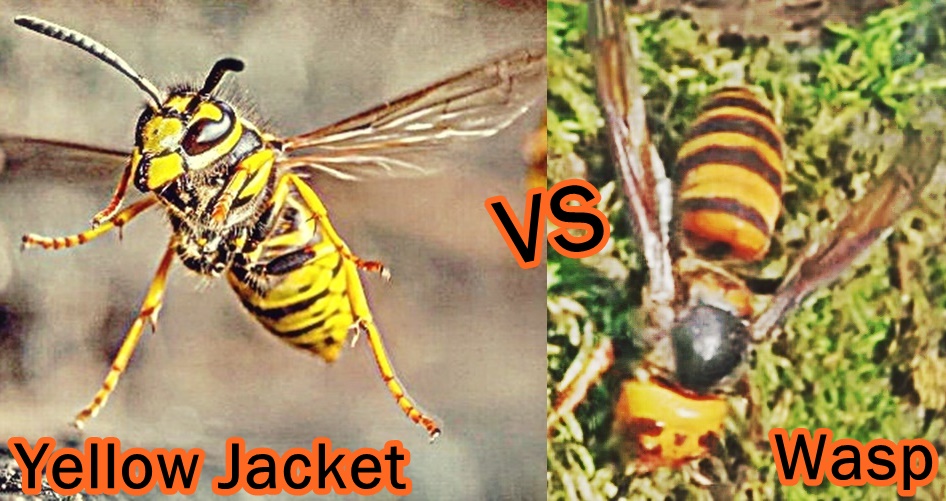
Leave a Reply